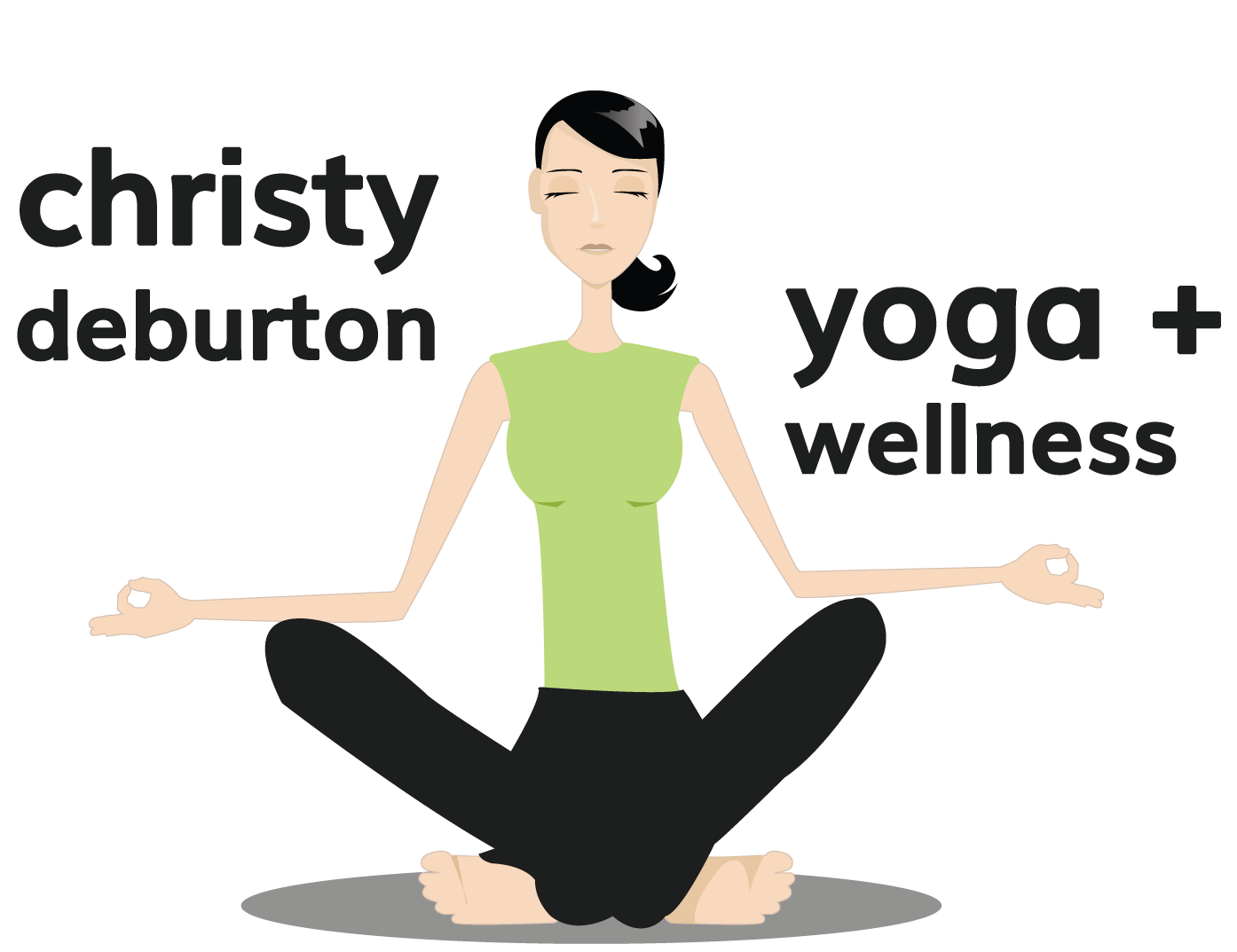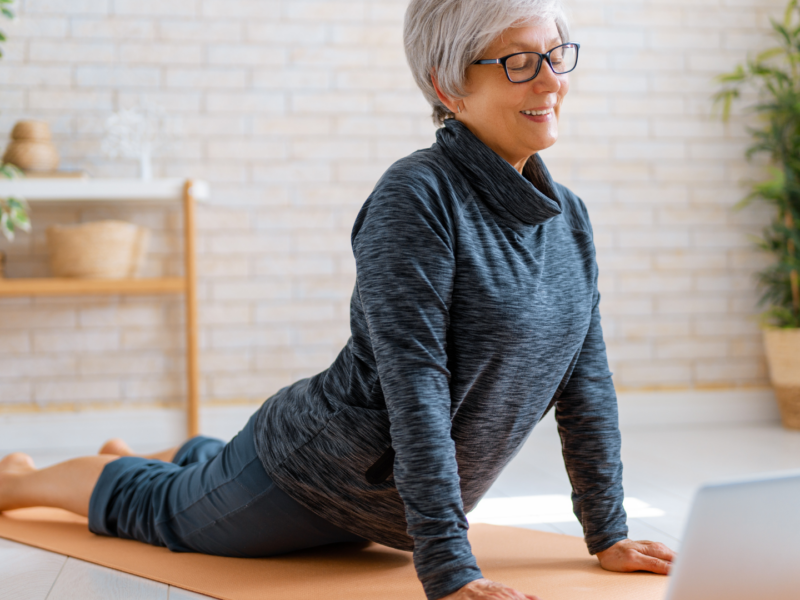If you’re an older yogi you might already have arthritis, or at least it is a concern and you know you need to keep up your muscle strength and keep moving your joints. If you’re younger, you might be thinking this blog post doesn’t apply to you. However, it is my belief that it is never too early or too late to learn new things, including the latest science on how to take better care of your body. With that, let’s dive in to the topics of yoga and arthritis.
What Is Arthritis?
According to medically-trained yoga anatomy teacher Andrew McGonigle, arthritis is an umbrella term for over 100 conditions that affect our joints, tendons, ligaments, bones and muscles. 23% of US adults (54 million) have arthritis. Of these, 44% (24 million) complain of physical activity limitations.
There are two main types of arthritis: osteoarthritis and rheumatoid arthritis. For this blog post, let’s focus on osteoarthritis, which is a progressive joint disease affecting one or more synovial joints, commonly in the hands, hips, spine and knees. The 3 signs a clinician will look for on an xray to determine arthritis are the narrowing of joint spacing, the formation of bony spurs, and actual joint destruction. (Please note: these are normal age-related changes and do not necessarily guarantee pain.) According to McGonigle, while the original ‘wear and tear’ model of arthritis has traditionally been widely accepted, more scientific research has recently come out showing arthritis to be a multifactorial disorder in which low grade, persistent, systemic inflammation has a central role, meaning it is more of a molecular/biological process than mechanical process.
Risk factors of Osteoarthritis
Risk factors of osteoarthritis include:
- Being overweight/obese, which is thought to contribute to low grade systemic inflammation; plus, according to Dr. Steffany Moonaz, every 1 pound of weight puts 4 extra pounds of pressure on your joints)
- Joint injury (and possible subsequent surgery)
- Genetic factors
- Aging
- Stress (another cause of systemic inflammation)
- Weak muscles (eg. quads/knee arthritis)
- Hormones
- Nutrition
Osteoarthritis physical activity guidelines
You probably already guessed it, but regular exercise is essential. The American College of Sports Medicine exercise prescription for general arthritis says that exercise is widely and consistently reported to reduce pain, fatigue, inflammation and disease, and that there is no evidence that supports avoiding high impact activities (though you should avoid strenuous exercise during acute flare-ups).
Yoga and Arthritis
As a mindful form of exercise, yoga can be wonderful for those who have arthritis, helping increase range of motion, circulation and synovial fluid in your joint capsules–which, in turn, can decrease the amount of pain being felt. Yoga’s wealth of other tools–including breathwork and meditation–can also help with pain, depression, sleep and the healing process. But those with arthritis–especially if told by their doctor that they need to lose weight–might still benefit from making modifications in their yoga practice, including avoiding poses that put a lot of weight on the joints, and other poses like inversions and extreme backbends. I have a list of yoga pose modifications for various joints that I go through with private clients I work with. I also spend a week focusing on bone and joint health in my ‘Yoga for Empowered Aging‘ Online Yoga Course. And the Aqua Yoga sessions I teach during the warm weather months are great for improving pain and function in those with arthritis. If you think you might benefit from any of these opportunities, or have other questions about yoga and arthritis, please do not hesitate to reach out.
Remember: A small amount of discomfort in joints after new/unfamiliar exercise is normal. It doesn’t mean damage has been done. It should diminish the more you exercise. Motion is lotion; movement is medicine.
If you found this blog post helpful you might also enjoy my blog post, Yoga for Osteoporosis Prevention.


 The #1 Thing You Can Do to Start Feeling Better
The #1 Thing You Can Do to Start Feeling Better